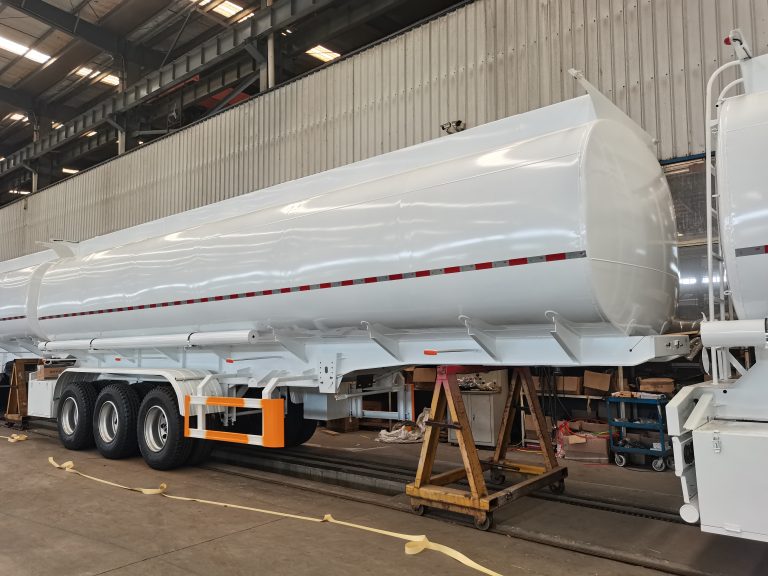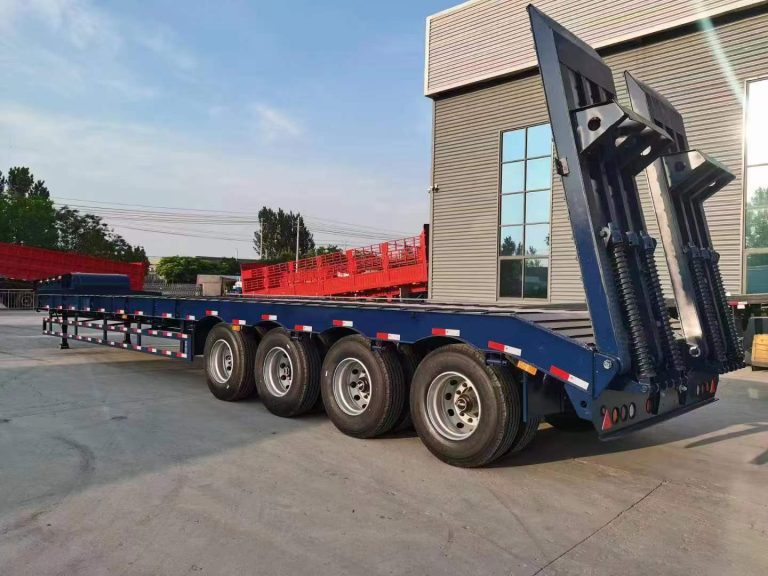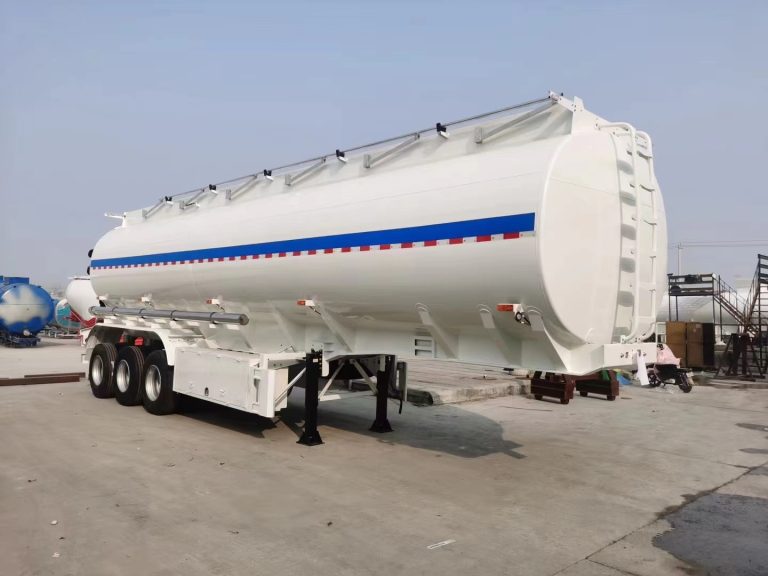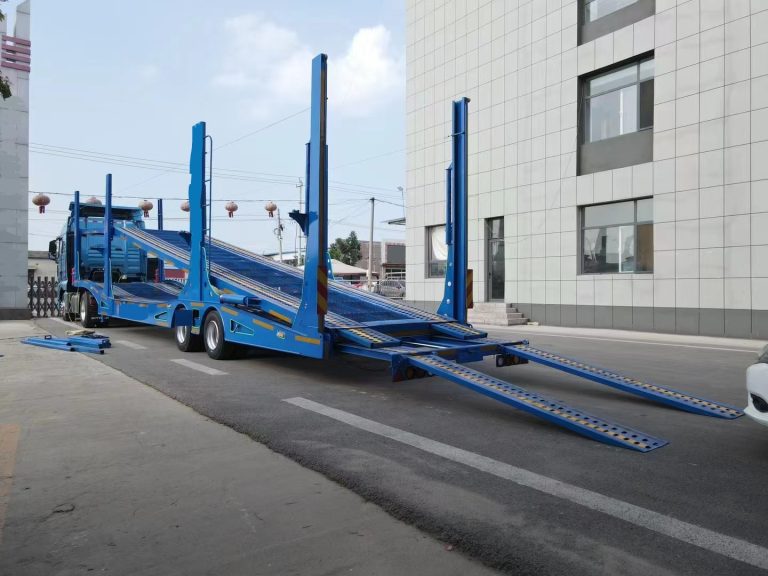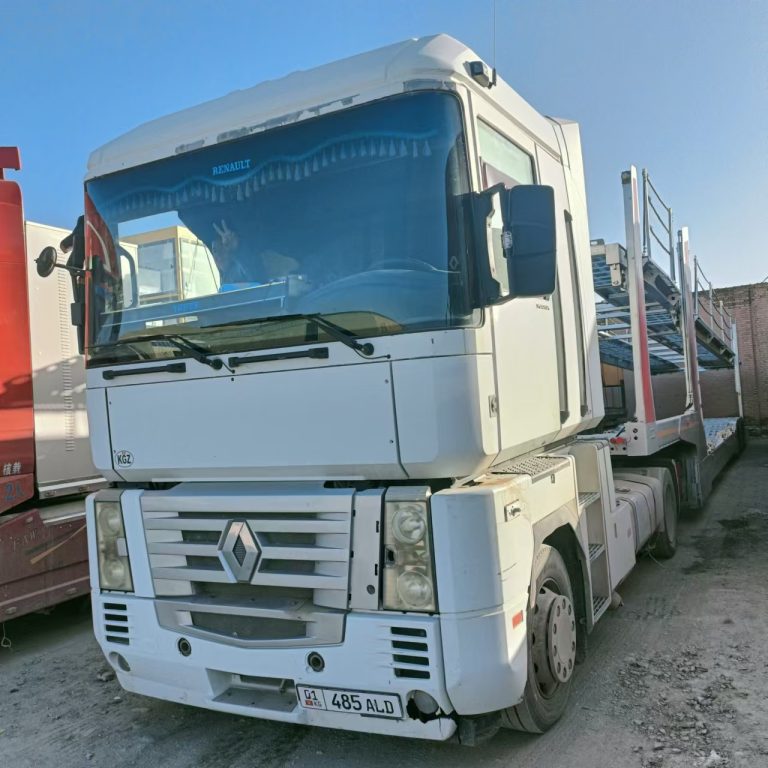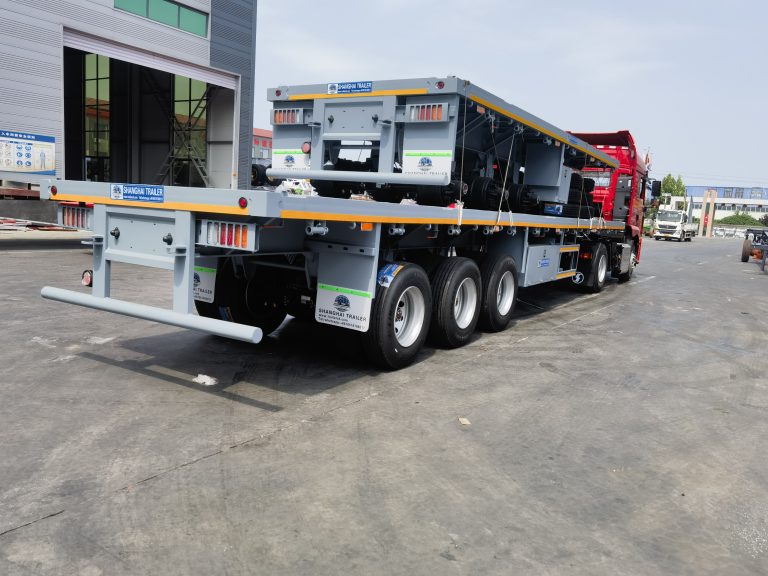The size of a small car and the configuration of the trailer have a significant impact on the carrying capacity of a single-layer trailer. The following is a specific analysis:
Impact of the size of a small car
- Length: The length of a small car is usually around 4 meters. The length of the trailer is one of the key factors that limit its carrying capacity. For example, a common small trailer is about 6 meters long, which can theoretically accommodate the length of 1.5 small cars, but the actual loading needs to consider the spacing and fixtures between vehicles, so it can usually only accommodate 1 small car.
- Width: The width of a small car is generally around 1.8 meters. The width of a trailer is usually 2.4 meters, which is enough to accommodate the width of a small car, but if the trailer width is narrower (such as 1.5 meters), it may not be able to accommodate some small cars.
- Height: The height of a small car is generally around 1.5 meters, while the height of a trailer is usually 2.1 meters, which is enough to accommodate the height of a small car, but if the trailer height is too low, it may limit the loading of some taller models.
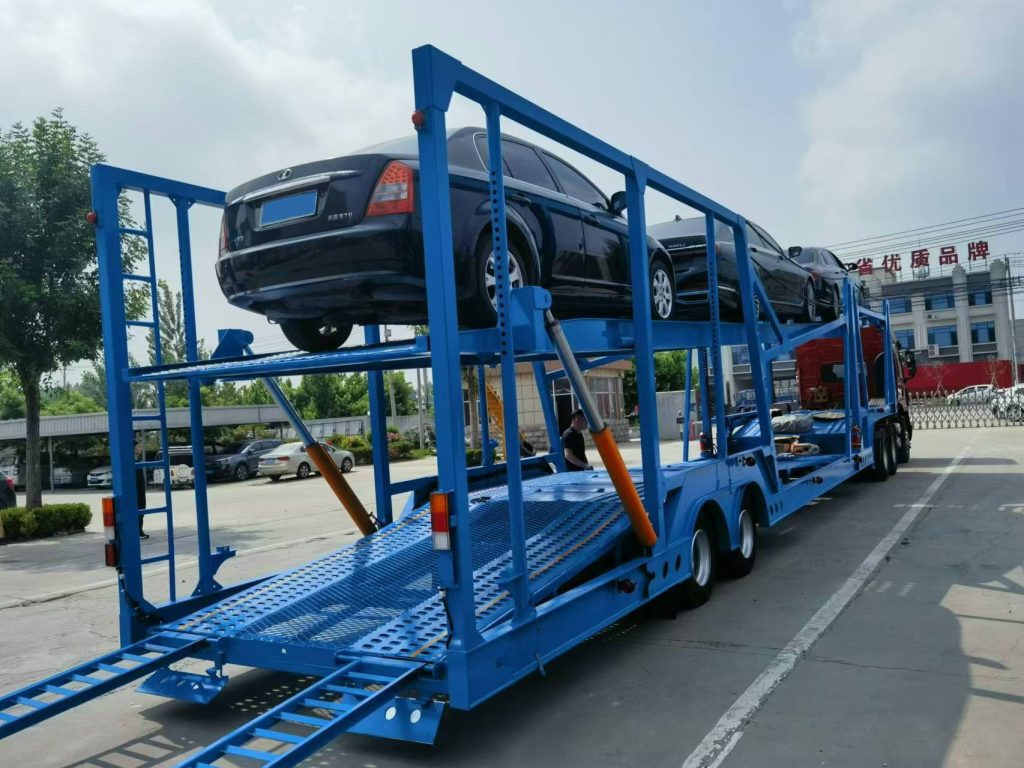
Impact of trailer configuration
- Trailer length: The length of a trailer directly affects its carrying capacity. For example, a 6-meter trailer can usually only carry 1 small car, while a longer trailer (such as 8 meters) may accommodate 2 small cars, but the fixing and spacing between the vehicles need to be considered.
- Trailer width: The width of the trailer determines whether it can accommodate a small car. A 2.4-meter-wide trailer can easily accommodate a small car, but a narrower trailer (such as 1.5 meters) may not meet the needs.
- Load capacity: The load capacity of a trailer is determined by its GVWR (gross vehicle weight rating) and its own weight. For example, if the trailer has a GVWR of 5,000 pounds and weighs 2,000 pounds, its maximum load capacity is 3,000 pounds. Small cars usually weigh 1,000-1,500 kilograms, so the load capacity of a single-layer trailer needs to meet this weight range.
- Fixtures: The trailer’s fixtures (such as straps, hooks, etc.) also affect the carrying capacity. Good fixtures can ensure that the vehicle remains stable during transportation and avoid reducing the actual carrying capacity due to vehicle movement.
Comprehensive impact
- Carrying capacity of single-layer trailer: Under standard configuration (such as a 6-meter long and 2.4-meter wide trailer), a single-layer trailer can usually only carry 1 small car. If the trailer length is increased to 8 meters and there are sufficient fixtures, it may carry up to 2 small cars.
- Optimization suggestions: In order to improve the carrying capacity, you can choose a longer and wider trailer and ensure that its load capacity meets the requirements. At the same time, the reasonable design of the spacing and fixing methods between vehicles can also improve the carrying efficiency to a certain extent.
In short, the size of the small car and the configuration of the trailer jointly determine the carrying capacity of the single-layer trailer, which needs to be reasonably selected and optimized according to actual needs.

